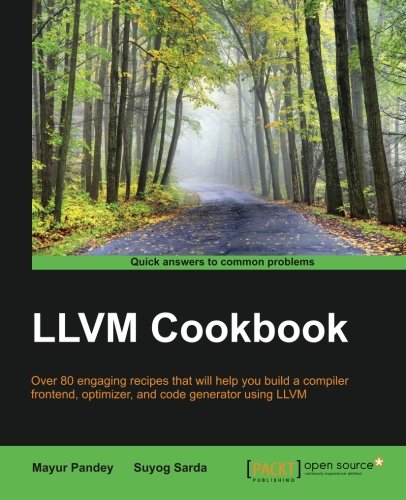

Most ebook files are in PDF format, so you can easily read them using various software such as Foxit Reader or directly on the Google Chrome browser.
Some ebook files are released by publishers in other formats such as .awz, .mobi, .epub, .fb2, etc. You may need to install specific software to read these formats on mobile/PC, such as Calibre.
Please read the tutorial at this link: https://ebookbell.com/faq
We offer FREE conversion to the popular formats you request; however, this may take some time. Therefore, right after payment, please email us, and we will try to provide the service as quickly as possible.
For some exceptional file formats or broken links (if any), please refrain from opening any disputes. Instead, email us first, and we will try to assist within a maximum of 6 hours.
EbookBell Team

4.3
98 reviewsOver 80 engaging recipes that will help you build a compiler frontend, optimizer, and code generator using LLVM
About This BookThe book is for compiler programmers who are familiar with concepts of compilers and want to indulge in understanding, exploring, and using LLVM infrastructure in a meaningful way in their work.
This book is also for programmers who are not directly involved in compiler projects but are often involved in development phases where they write thousands of lines of code. With knowledge of how compilers work, they will be able to code in an optimal way and improve performance with clean code.
What You Will LearnLLVM is a compiler framework with libraries that provides a modern source-and target-independent optimizer, along with a code generator.
This book not only explains the effective use of the compiler infrastructure that LLVM provides, but also helps you implement it in one of your projects. You start with a simple task to get you up-and-running with LLVM, followed by learning the process of writing a frontend for a language, which includes writing a lexer, a parser, and generating IR code. You will then see how to implement optimizations at different levels, generate target-independent code, and then map this generated code to a backend. Finally, you will look into the functionalities that the LLVM infrastructure provides, such as exception handling, LLVM Utility Passes, using sanitizers, the garbage collector, and how we can use these in our projects.